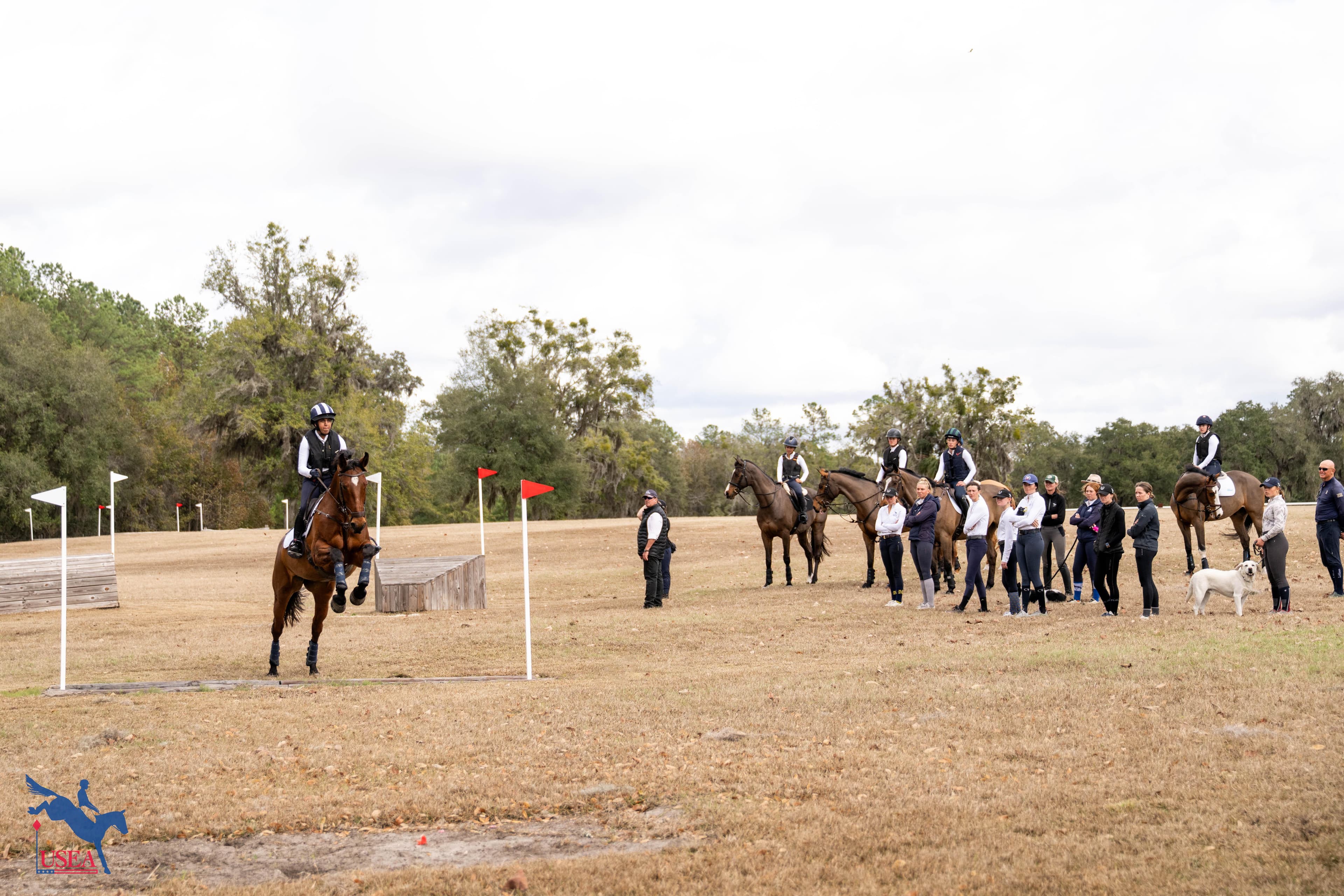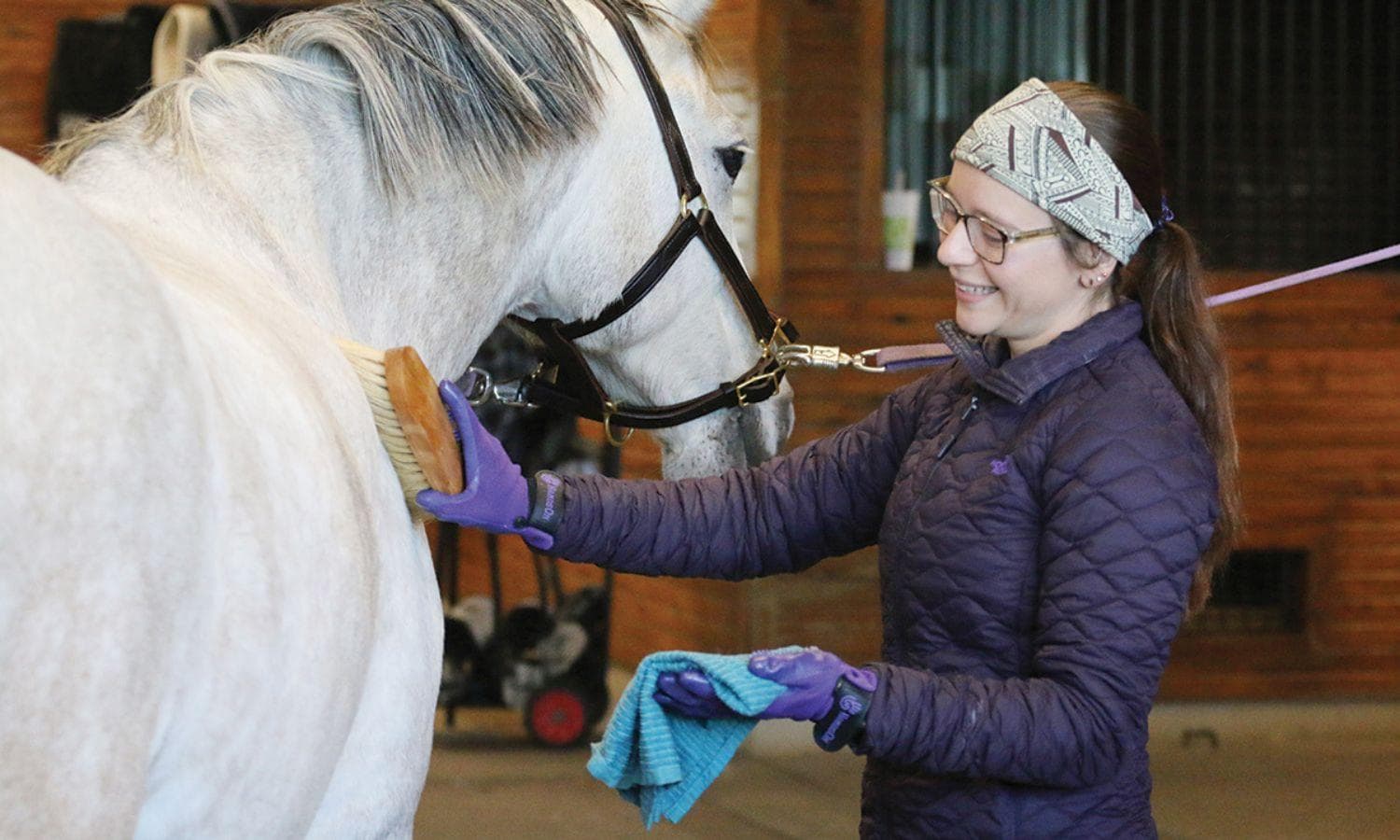Conditioning for a Classic Three-Day Event: Area X Prepares for the Summer Coconino H.T. and Western Underground, Inc. T, N, BN 3-Day
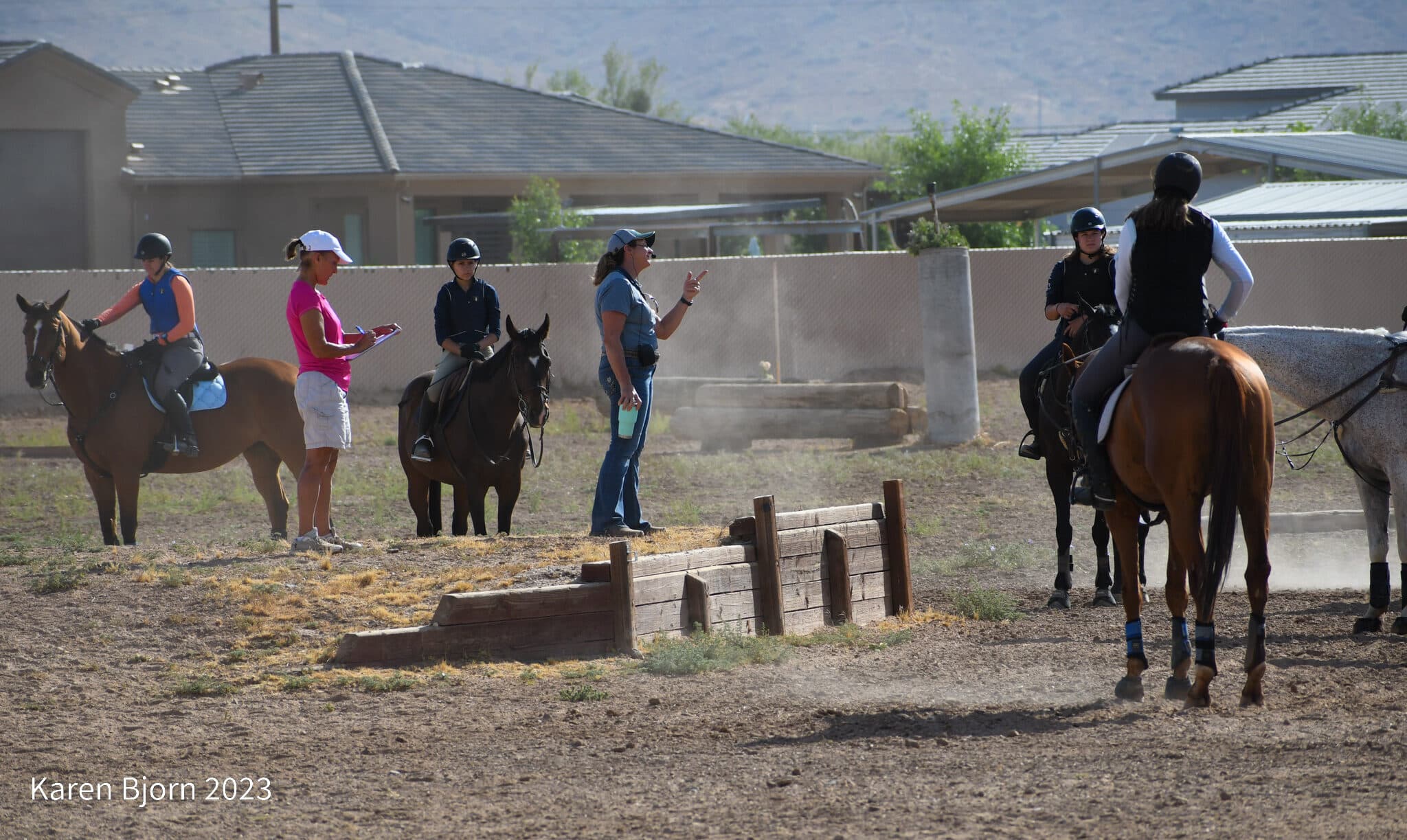
It’s the most wonderful time of the year for eventers in Area X (Arizona, New Mexico, and Nevada). Riders are gearing up for back-to-back weekends of eventing at the Summer Coconino H.T. I (Jul 1-2) and Summer Coconino H.T. and Western Underground, Inc. Training, Novice, Beginner Novice 3-Day Event on July 6-8 in Flagstaff, Arizona.
Seasoned veterans of the Classic format and long-format first timers alike can appreciate the combination of the beautiful mountain setting, the consecutive weekends of competition, and the educational opportunities in between that make this event the perfect opportunity to try a Classic Three-Day Event. To encourage participation and help riders prepare for the Classic, Area X riders, trainers, and equine professionals are conducting a series of clinics and informational seminars geared towards first-time Classic Series competitors.
The first clinic took place on Saturday, June 10, at Laura Borghesani’s Carefree Farm in Phoenix, Arizona, and the lessons focused on the pace and gallop necessary for endurance day at a Classic Three-Day Event. Since the Western Underground, Inc. Classic 3-Day at the Summer Coconino H.T. will likely be the first time many riders in Area X have competed in a long-format event, Borghesani introduced clinic participants to the concepts of pace, adjustability, effective gallop position, and the proper use of stop watches, while also providing a conditioning opportunity for horses and riders.
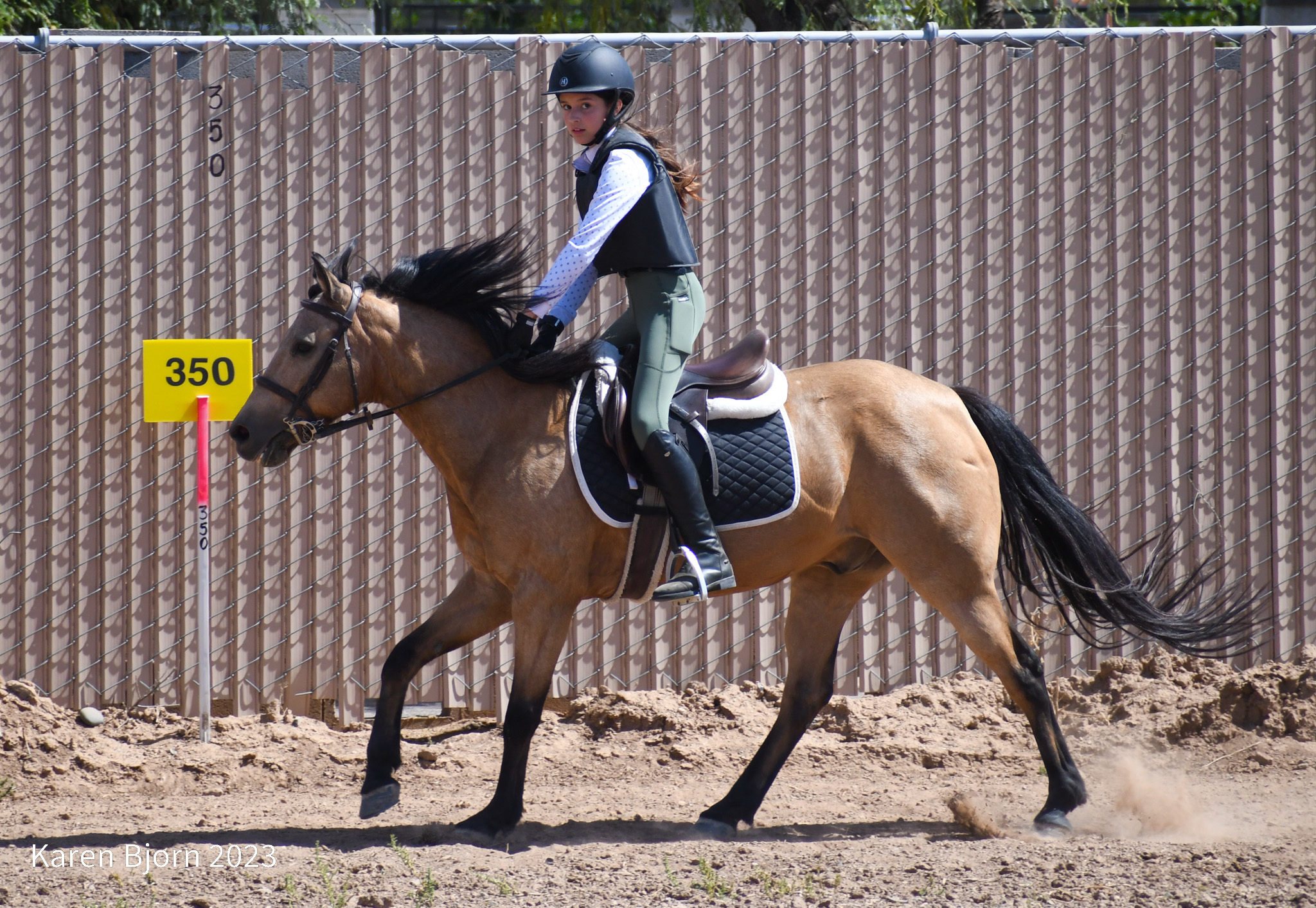
Borghesani set up a track with markers that identified the various speeds riders will need to maintain during Phases A-D on endurance day, ranging from 160- to 550-meters per minute. Riders used their watches to monitor their speed and establish a “feel” for the correct pace, progressing from their Phase A speed of 220 mpm to their Beginner Novice, Novice, or Training level steeplechase speeds. After that, riders jumped several obstacles at the designated cross-country speed for their level.
“My goals were to help the riders understand what various speeds feel like on their horses and to let them watch others so that they could get a visual as well,” Borghesani said. “Having our course metered allowed them to feel and maintain a quality pace and to understand what can affect that pace and ultimately their ability to make optimum time.”
Borghesani stressed to riders that the key to achieving optimum time is balancing the canter to maintain adjustability to the fences. “The key to success in making time is adjustability," she said. "If you can adjust your horse’s stride in three or four strides instead of 10 or 12 strides, you have a much better chance of making time.”
Riders were thrilled with the opportunity to practice for the Classic Three-Day Event and for the chance to better understand their horse’s response to the realistic training scenario. “Now I know that my horse starts a little slow, but she finishes very strong,” said Christine Murphy, an Area X rider preparing for her horse’s first Novice Three-Day. “I don’t need to push so much at the beginning.” She also learned a valuable lesson the hard way, after changing bits right before the session. “Stick with the equipment that you know works.”
The clinic was a great success, and more will be held in the future. “I think that they realized it isn't just ‘go fast to make time.’ There’s actually a lot more to it!” said Borghesani.
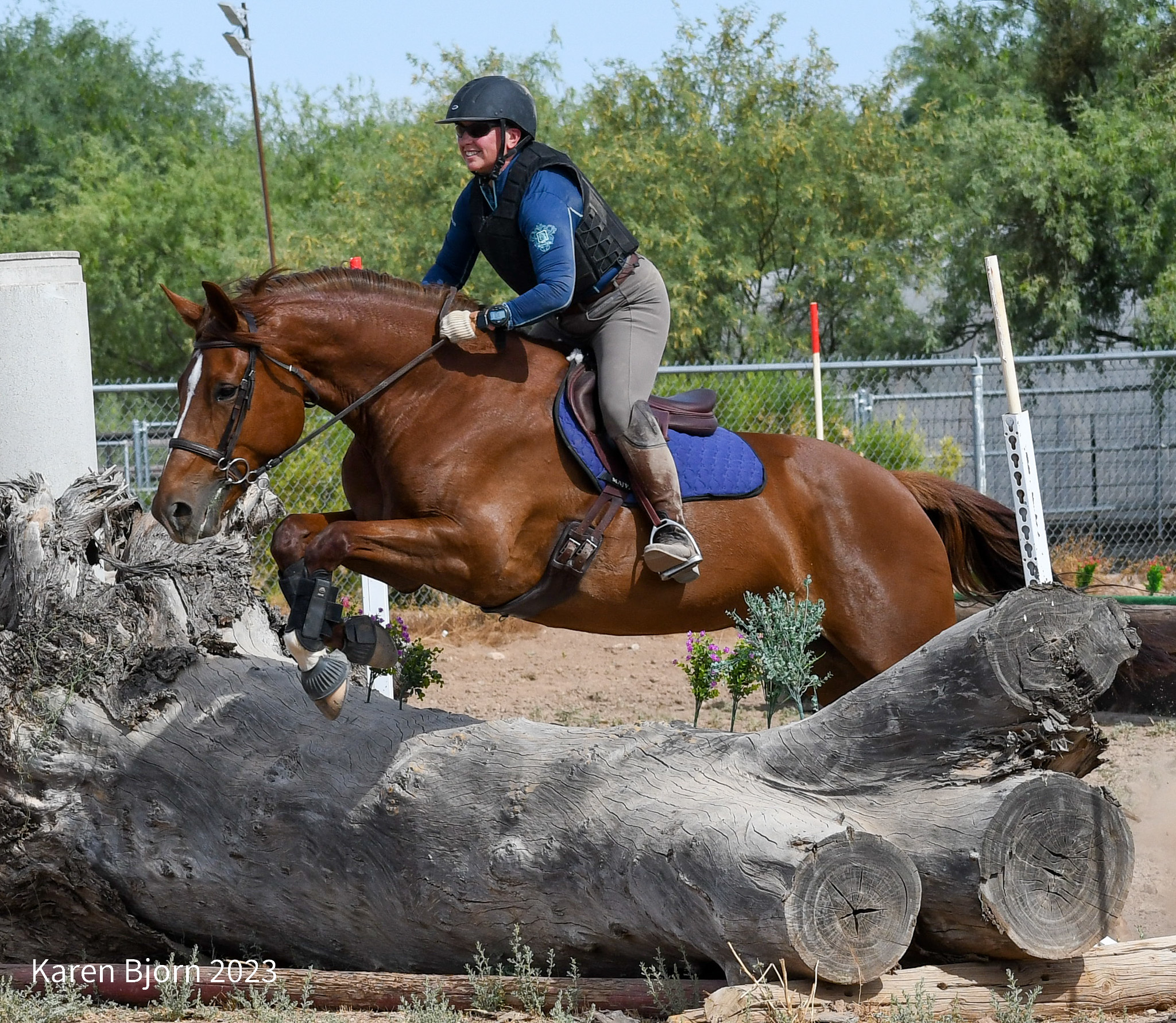
Another Area X equine professional, Dr. Jennifer Miller, provided some important information on conditioning. An equine veterinarian, a Classic Series competitor in Area X, and a member of the USEA Classic Series Task Force, Dr. Miller recommends using a calendar to plan out conditioning, dressage, and jump schooling days and to work towards a gradual increase in length and speed of canter sets depending on the final level the rider is conditioning towards.
Dr. Miller’s conditioning for a Classic Three-Day Event is broken into two categories—conditioning work for roads and tracks and conditioning work for steeplechase and cross-country. To condition for roads and tracks, Dr. Miller advises doing a “long walk to warm up, 10-minute trot, two-minute walk, 10-minute trot, and walk to cool down. Remember, you will be trotting anywhere from 25-45 minutes total with walk breaks. Depending on what your level requires, you may need add a third trot set.”
To prepare for steeplechase and cross-country, Dr. Miller recommends a “long walk to warm up, 10-minute trot, two-minute walk, then canter sets divided by a two-minute walk. Cool down slowly at the walk. The canter set speed should be 350 to 400 meters per minute for three to four minutes. Make sure to note how long it takes for your horse’s respiration rate to return to normal. When environmental heat and humidity run high, it is important to monitor your horse’s temperature during recovery.”
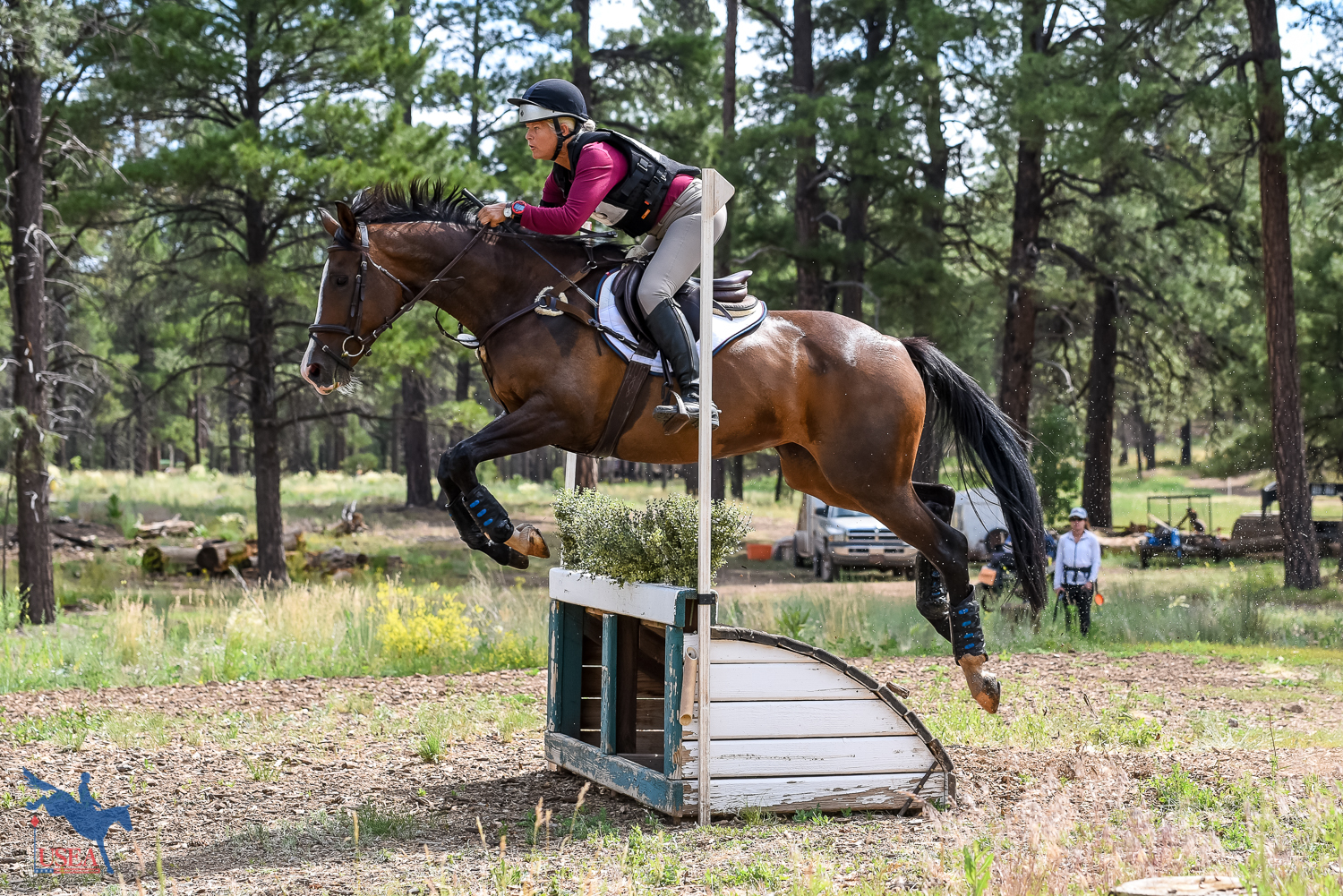
It is recommended to chat with a trainer or knowledgeable equine professional to establish a conditioning program suitable for the rider’s horse and their level of competition.
Finally, it’s important to be prepared for the logistics involved in the vet box on endurance day. Having an experienced support crew is very important. Assemble a team prior to the event and make sure to have team members that understand how to help. One of the best resources may be fellow riders who have competed in a Classic Series Event before.
Area X Young Rider Coordinator Heather Drager of Canterbury Eventing advises that riders “expect the unexpected—you never know what you will need until you need it!” Drager recommends laying out a tarp with all of the supplies organized for efficiency. “Have an extra set of stirrups, a girth, cross-country boots, a crop, duct tape, and an extra set of shoes [save your last set of shoes if they are still in decent shape]. It’s helpful to have a saddle cover to keep your saddle dry, and towels to dry your reins, hands, boots, etc.”
It's also important to check with the event organizers to determine if they will provide water and ice for cooling down the horses or if riders will need to provide their own, as well as buckets, sponges, and scrapers. A chair may be beneficial to bring as well and water for the horse and rider to drink are must-haves.
Other opportunities available for riders preparing for the Classic Event in Area X include cross-country schooling days on Jun 17-18 at the Coconino County Fairgrounds. In addition, the Area X Young Riders will be hosting a “Prep Clinic” July 3-5, with emphasis on the jog, the vet box, and the endurance phases through various presentations and hands-on experience. The Summer Coconino Event Organizers also plan to host a steeplechase jumping clinic using an actual steeplechase fence and a complete driving tour of the roads and tracks course.
For anyone considering competing in a Classic Three-Day Event this year, view the Classic Series calendar today to make plans to enter at a local event. There are so many benefits to riding in a Classic Series event. All levels get to ride in the standard (large) dressage arena and participants will be eligible for prizes at the National level. Dr. Miller says, “The Classic Series format is a challenge that will make you a better partner with your horse, give you an opportunity to improve your horsemanship and it is just plain fun.” But the greatest benefit is the wonderful time spent with your horse. “It’s such a different experience with your horse,” said Heather Drager. “You spend a lot of time in the tack on cross country day. It’s the ultimate way to get to know your horse better.”
For more information on the Classic Series, visit the USEA Classic Series webpage.
About the USEA Classic Series
The USEA Classic Series keeps the spirit of the classic long format three-day events alive for Beginner Novice through the Preliminary levels. Competitors can experience the rush of endurance day, including roads and tracks, steeplechase, the vet box, and cross-country, as well as participate in formal veterinary inspections and educational activities with experts on the ins and outs of competing in a long format three-day event. Riders who compete in a USEA Classic Series event during the year will have the chance to win a variety of prizes at the events from USEA sponsors, and earn leaderboard points. Click here to learn more about the USEA Classic Series.
The USEA would like to thank bronze sponsors SmartPak Equine and D.G. Stackhouse & Ellis Saddles, as well as contributing sponsors Bates Saddles and Parker Equine Insurance for supporting the USEA Classic Series.

